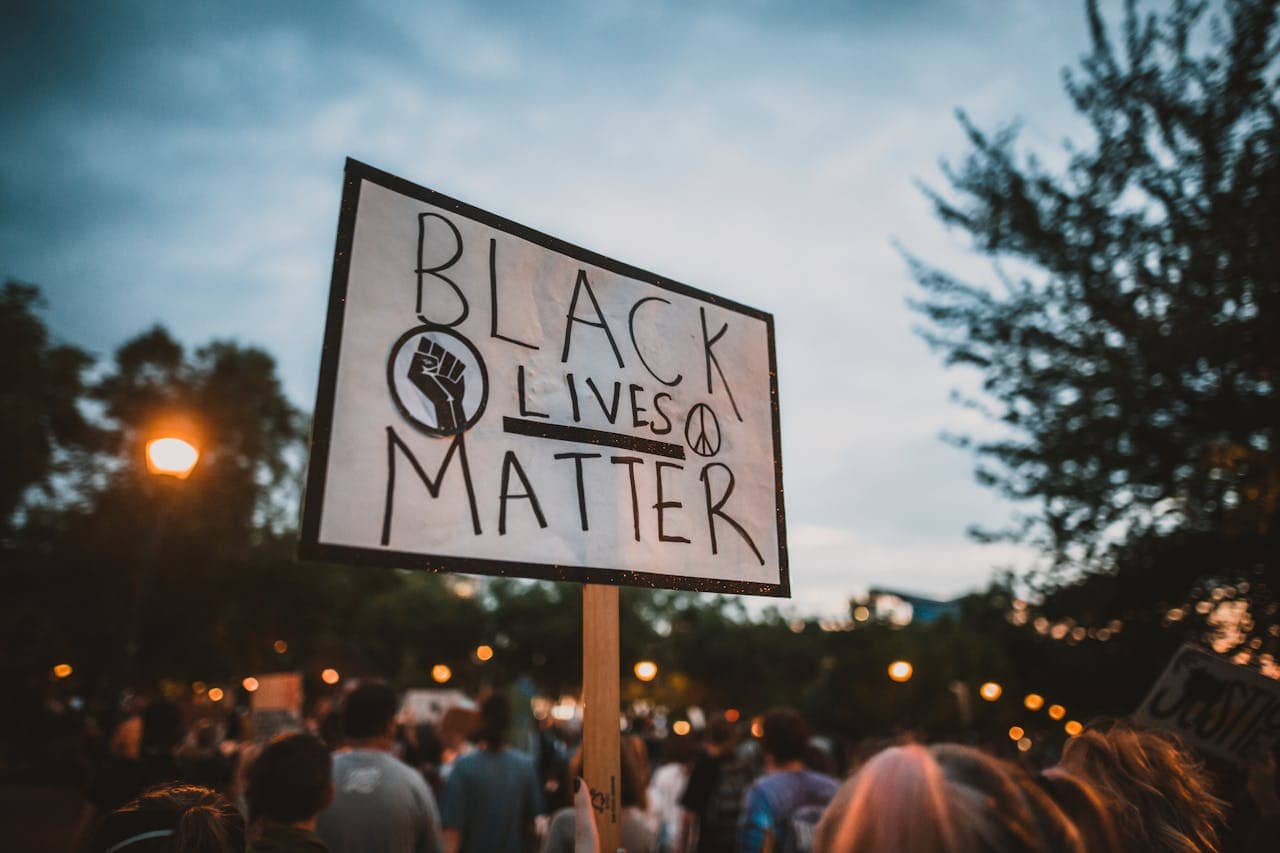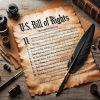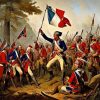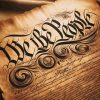The Civil Rights Movement of the 1950s and 1960s was a seminal era in American history, characterized by a determined struggle for social justice and equality. The Civil Rights Movement, a transformative period in American history, was a series of protests and a profound struggle for social justice, aiming to dismantle the deep-seated racial inequalities that African Americans faced. This movement, primarily during the 1950s and 1960s, was a testament to the resilience and determination of Black Americans and their allies in their quest for equality under the law in the United States.
The Roots of Inequality and Jim Crow Laws
The movement’s roots trace back to the post-Civil War era when the 14th and 15th Amendments were ratified; they granted Black people equal protection under the law and the right to vote. Despite these constitutional guarantees, the rise of “Jim Crow” laws, particularly in the South, institutionalized racial segregation and discrimination, effectively marginalizing Black Americans and undoing the progress of Reconstruction.
Black people faced systemic barriers in every aspect of life, from voting rights to education, employment, and housing. Even in the North, where Jim Crow laws were not in place, pervasive racial biases created significant obstacles, manifesting in discrimination at jobs, housing, and educational opportunities.
World War II and Civil Rights
Most African Americans were employed as low-wage factory laborers, domestics, or servants before World War II. War-related employment flourished in the early 1940s, but most African Americans were not offered higher-paying positions. Additionally, they were dissuaded from enlisting in the military.
On June 25, 1941, in response to threats by thousands of African Americans to march on Washington in demand of equal employment rights, President Franklin D. Roosevelt issued Executive Order 8802. It permitted all Americans to apply for national defense and other government positions, irrespective of race, religion, national origin, or skin color.
During their deployment, black men and women bravely served in World War II despite facing segregation and discrimination. The Tuskegee Airmen became the first African American military by surmounting the racial barrier.
The Civil Rights Movement of the 1950s and 1960s
The Catalysts and Key Figures
- Courageous individuals propelled the movement and landmark events that became symbols of resistance. Rosa Parks’ refusal to give up her seat in Montgomery sparked the Montgomery Bus Boycott. This pivotal moment lasted over a year and led to the Supreme Court ruling against segregated public buses. Martin Luther King Jr., with his eloquence and commitment to nonviolence, emerged as a central figure, galvanizing the national movement towards civil rights.
- The Civil Rights Movement was a tapestry of countless individuals and groups, each contributing to the struggle for equality in unique ways. Beyond the iconic figures of Rosa Parks and Martin Luther King Jr., there were countless unsung heroes whose stories are equally vital. Women like Ella Baker, who was instrumental in forming the Student Nonviolent Coordinating Committee (SNCC), played a crucial role in grassroots organizing and empowering young activists. Similarly, figures like Fannie Lou Hamer, with her passionate testimony at the 1964 Democratic National Convention, brought national attention to the violence and suppression Black voters faced in the South.
- Youth and student movements, represented by groups like the SNCC and the Congress of Racial Equality (CORE), brought fresh energy and perspectives to the movement, organizing sit-ins, freedom rides, and voter registration drives pivotal in challenging segregation and disenfranchisement. The involvement of local leaders and community organizers across the country, often working out of the spotlight, was fundamental in sustaining the movement and enacting change at the grassroots level.
1957 Civil Rights Act
- Despite the voting of all Americans, several southern states continued to impose obstacles on African American citizens. They often required prospective voters of color to take literacy tests that were confusing, misleading, and nearly impossible to pass.
- Wanting to show a commitment to the civil rights movement and minimize racial tensions in the South, the Eisenhower administration pressured Congress to consider new civil rights legislation.
- On September 9, 1957, President Eisenhower signed the Civil Rights Act of 1957, the first major civil rights legislation since Reconstruction. It allowed federal prosecution of anyone who tried to prevent someone from voting. It also created a commission to investigate voter fraud.
Milestone Events and Grassroots Mobilization
- The movement was characterized by significant events such as the March on Washington, where King delivered his iconic “I Have a Dream.” speech, encapsulating the aspirations for freedom and equality. The Selma to Montgomery marches highlighted the brutal realities of the struggle for voting rights, especially on “Bloody Sunday,” when peaceful demonstrators were met with violent resistance from state and local police.
- The grassroots mobilization extended beyond these hallmark events, encompassing sit-ins, freedom rides, and local campaigns across the country, each challenging the status quo and demanding change. The Greensboro sit-ins and the courageous efforts of the Freedom Riders tested and ultimately helped dismantle segregation in public facilities and interstate travel.
- The movement had its internal challenges and ideological debates. Tensions existed between different factions over strategies and goals—between those advocating for nonviolent protest and others calling for more militant forms of resistance, as epitomized by the rise of the Black Power movement led by figures like Stokely Carmichael. The debate between integration and separatism, highlighted by the contrasting philosophies of Martin Luther King Jr. and Malcolm X, also reflected the diversity of thought within the Black community. These internal dynamics were crucial in shaping the direction and tactics of the movement, demonstrating its complexity and the diverse perspectives within the struggle for civil rights.
Legislative Triumphs and Continued Struggle
The Civil Rights Act of 1964 and the Voting Rights Act of 1965 were landmark achievements of the movement, breaking down legal barriers to equality. However, the struggle was met with significant opposition, from staunch segregationists to internal disagreements within the movement.
Despite these challenges, the movement persisted, driven by a collective commitment to justice. The assassination of leaders like Martin Luther King Jr. and Malcolm X underscored the high stakes and the personal risks involved in the fight for civil rights. Yet, the movement continued, fueled by its participants’ hope and determination.
The Legacy and Ongoing Journey
The Civil Rights Movement profoundly reshaped American society, inspiring future generations to continue the fight for justice and equality. Its legacy, a testament to the power of collective action and moral courage, continues to influence civil rights activism today.
The achievements of the movement encompass milestones in the ongoing quest for civil rights, highlighting the enduring importance of solidarity and resilience, and showcasing an unyielding pursuit of justice.
Reflecting on this pivotal era offers invaluable lessons in confronting injustices and emphasizes the impact of unity and perseverance in achieving societal change. The Civil Rights Movement, with its blend of grassroots activism and legislative victories, remains a beacon of hope and a guide for future generations in the ongoing struggle for equality and justice in America and beyond.
Conclusion
Reflecting on the Civil Rights Movement’s blend of grassroots activism and legislative victories offers invaluable lessons in resilience, solidarity, and the unending fight for justice. It serves as a reminder that the achievements of the movement are crucial milestones in the ongoing quest for civil rights, emphasizing the movement’s enduring impact on the struggle for equality and justice in America and beyond.
Memories of Civil Rights Movement
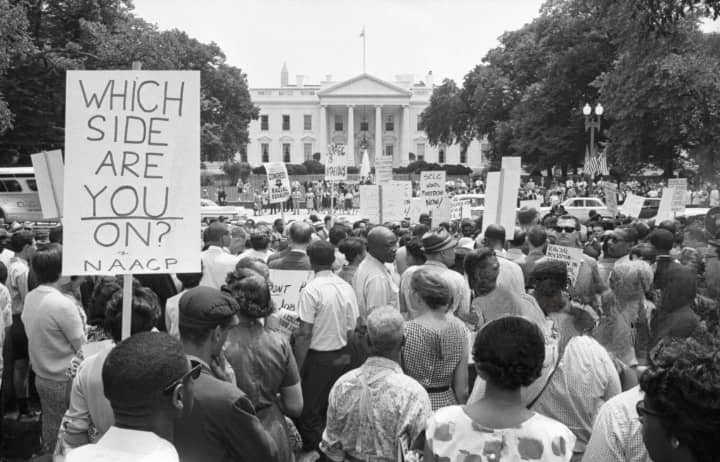
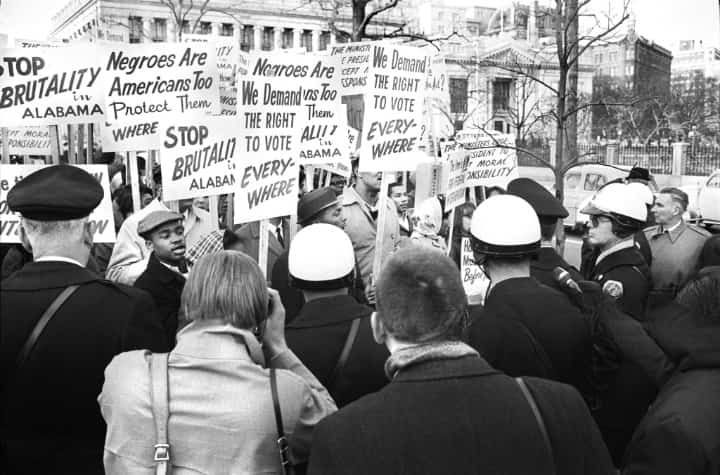
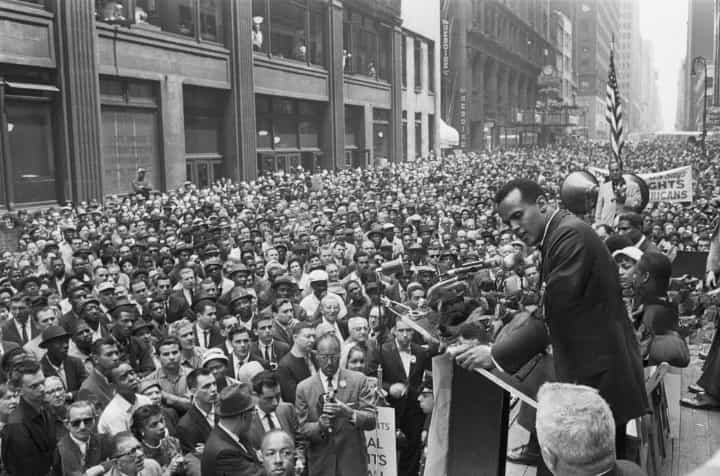
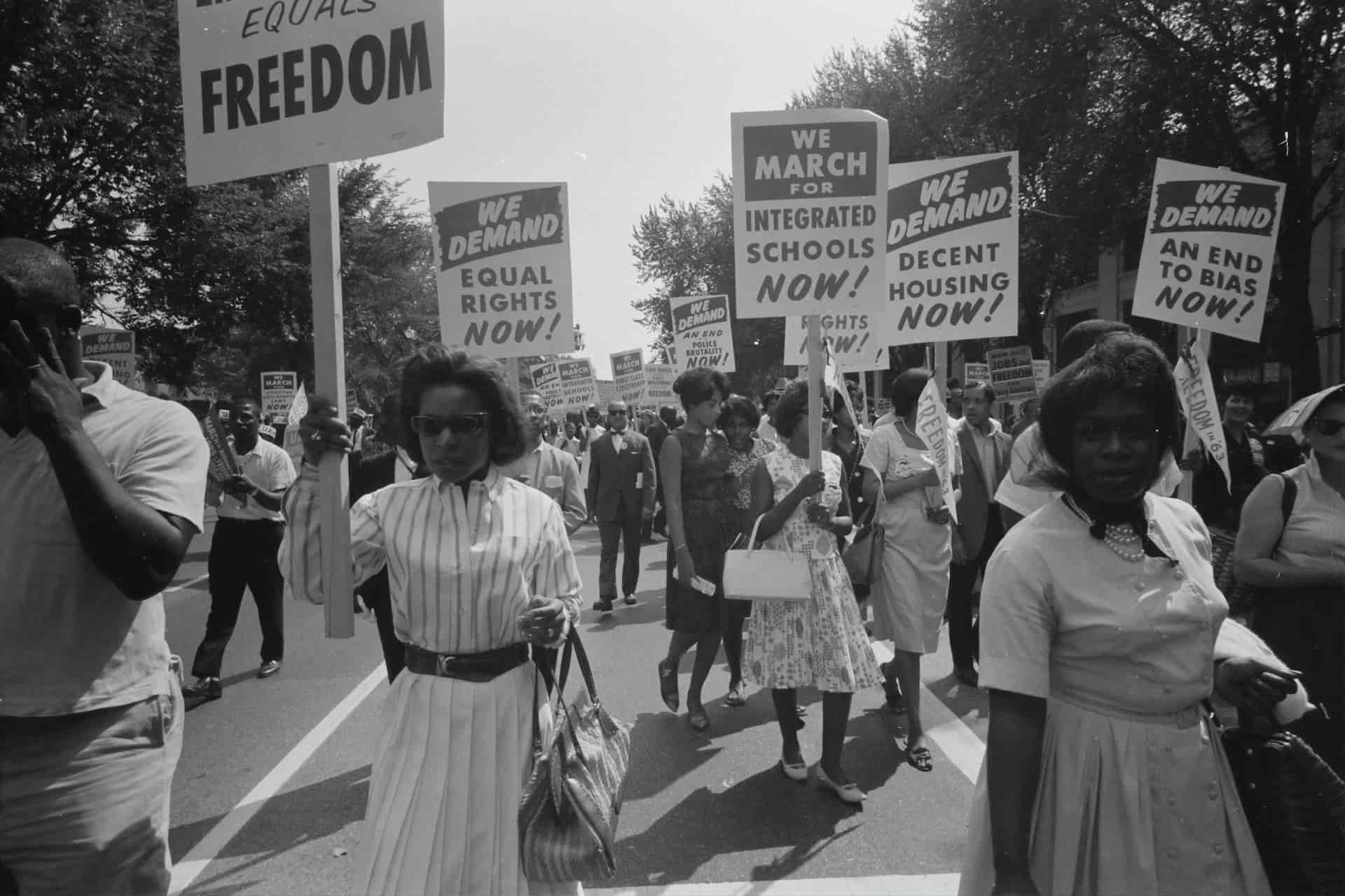
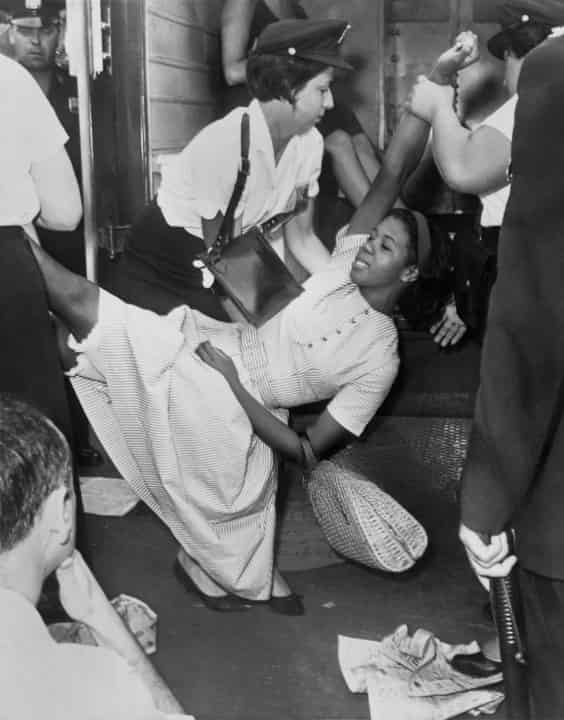
FAQs.
Q.1 Why did the Civil Rights Movement start?
Answer: The movement began due to centuries of systemic racism and inequality faced by Black Americans. Despite the abolition of slavery following the Civil War, African Americans continued to face severe discrimination, particularly in the southern states under Jim Crow laws.
Q.2 Who were some key figures in the Civil Rights Movement?
Answer: Prominent figures include Martin Luther King Jr., Rosa Parks, Malcolm X, Ella Baker, Medgar Evers, and many others. These individuals were crucial in organizing protests, leading movements, and raising awareness about racial injustices.
Q.3 What legislation was passed as a result of the Civil Rights Movement?
Answer: Key legislative achievements include the Civil Rights Act of 1964, which prohibited discrimination based on race, color, religion, sex, or national origin; and the Voting Rights Act of 1965, which aimed to overcome legal barriers at the state and local levels that prevented African Americans from exercising their right to vote.
Q.4 Did the Civil Rights Movement resolve racial inequality in the U.S.?
Answer: While the movement made significant strides in addressing legal segregation and discrimination, racial inequality persists in many forms in the U.S. The legacy of the movement continues to inspire ongoing efforts to address and dismantle systemic racism.
Q.5 Can you name some prominent figures from the Civil Rights Movement?
Prominent figures from the Civil Rights Movement include Martin Luther King Jr., a leader in nonviolent protest; Malcolm X, a vocal advocate for Black empowerment; Rosa Parks, whose act of defiance became a symbol of the struggle for civil rights; Medgar Evers, an NAACP field secretary who was assassinated for his activism; and Thurgood Marshall, who argued the Brown v. Board of Education case before becoming the first African American Supreme Court Justice.

